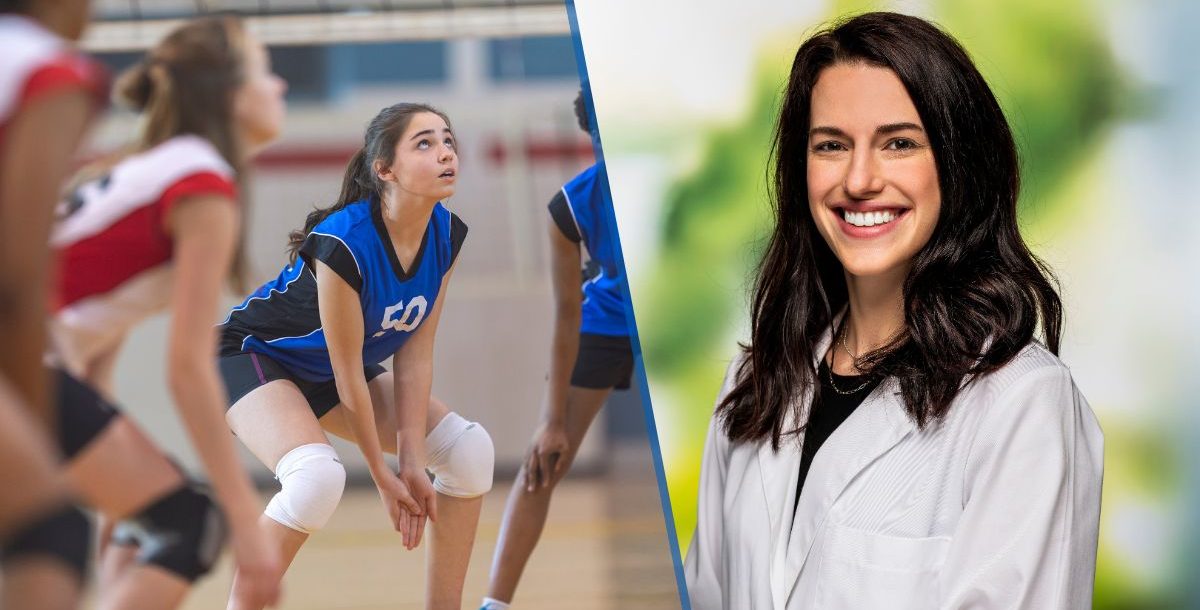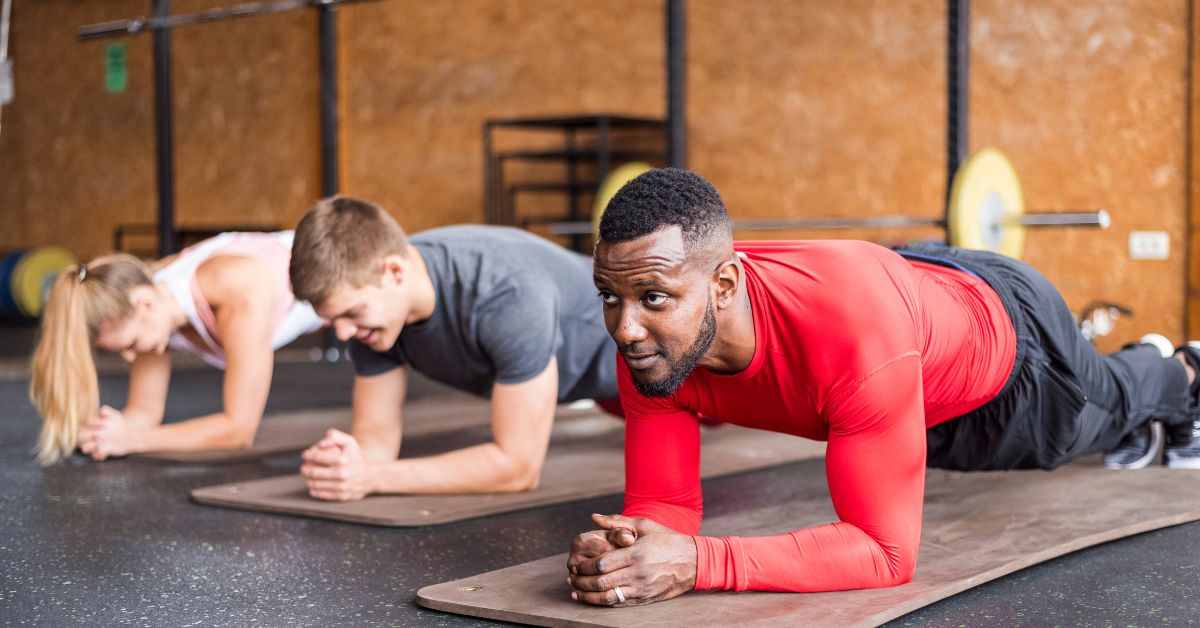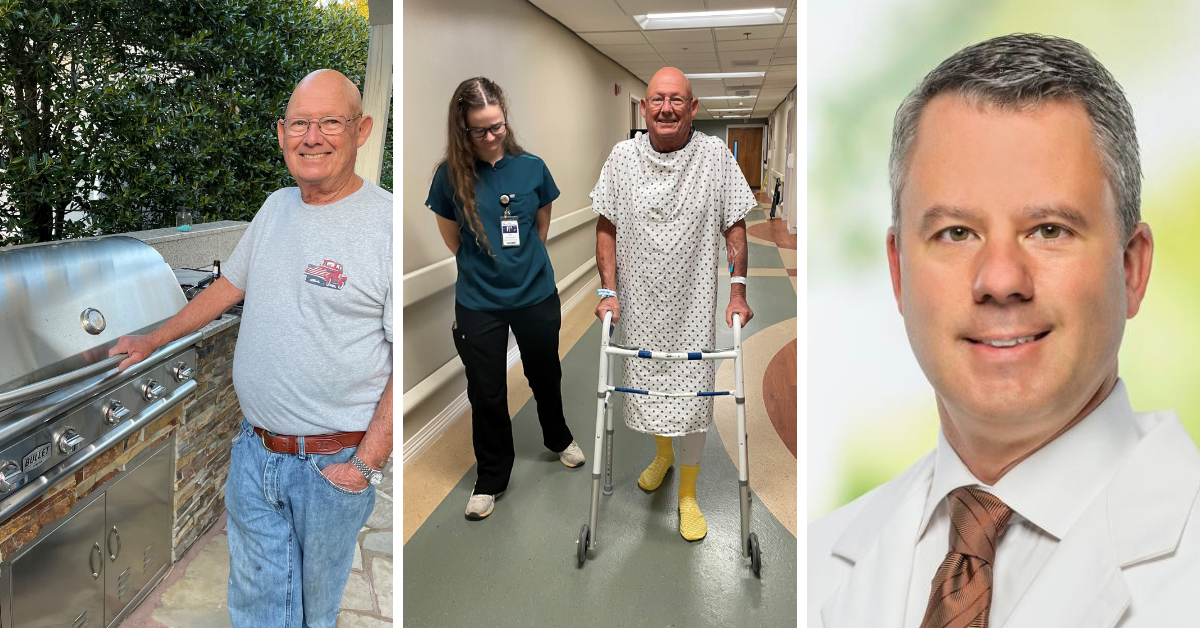As students go back to school, many student-athletes begin preseason practices for their fall sports. Before that, they’ll need to have a sports physical to ensure they’re healthy and ready to play.
Need to get a sports physical for your athlete? Make an appointment with your primary care provider or go to your nearest urgent care.
Why is getting a sports physical important?
Most schools and organizations require a sports physical exam. Even where they’re not, it’s a good idea to get one.
Often during the season, athletes are so focused on the games and playing well that they don’t realize something is bothering them. This can result in a nagging pain turning into a full-blown sports injury. School sports physicals are the time to identify any potential problems they may have and to make sure they’re at their peak performance.
“They go above an evaluation for health and are a way to determine if there are any issues that could impact physical activity,” says Laura Cook, MD, a primary care sports medicine physician in our Greenville market.
However, the goal of sports physicals isn’t to prevent anyone from playing. They exist to ensure athletes are as safe as possible and as prepared as they can be – both mentally and physically – to play.
What to know about sports physicals
When to get a physical
Student-athletes need to get a sports physical before the season starts, so it doesn’t interfere with the actual play. However, this can occur if you schedule your physical a few days before the first practice and an issue is identified during the exam. So, it’s recommended you get this done at least four to six weeks before the season starts.
How often?
Student-athletes should get these done once or twice a year at least. It’s also important to get them done between seasons if your child plays multiple sports. This is to identify any underlying issues that may have occurred between seasons. Those residual issues should be checked before they begin training for another sport.
What to expect
Sports physicals are quick and simple. Most athletes are surprised at how easy it is.
The exam starts with a check of their vitals – height, weight, heart rate, blood pressure and vision. Then, they get a basic physical – your provider will listen to their heart and lungs, check to make sure they have a basic range of motion and do a basic strength test to ensure they’re not experiencing more weakness on one side more than the other.
Your provider may also conduct some simple coordination exercises – squatting, a duck walk or hopping on one leg – to make sure they’re capable of performing athletic endeavors.
This visit allows your provider to gather a lot of information about everything from medical history to allergies and past injuries. Additionally, now that we’ve experienced a pandemic, they’ll also discuss whether the athlete has had COVID-19 and if there are any lingering symptoms.
The time you and your child spend in the exam “depends on the complexity of any injuries or conditions the doctor discovers,” Dr. Cook says.
Who can perform a sports physical?
Any family medicine, primary care or urgent care provider can perform a routine sports physical. However, you might choose make an appointment with your primary care provider or pediatrician for the exam so you can easily address any issues that arise later.
“They know your child’s health history best and can easily follow up on any issues that come up,” Dr. Cook adds.
However, if you need one quickly or are unable to get to your primary care provider during regular office hours, urgent care locations also offer sports physicals.
Learn about the primary care and urgent care services we offer at Bon Secours.





